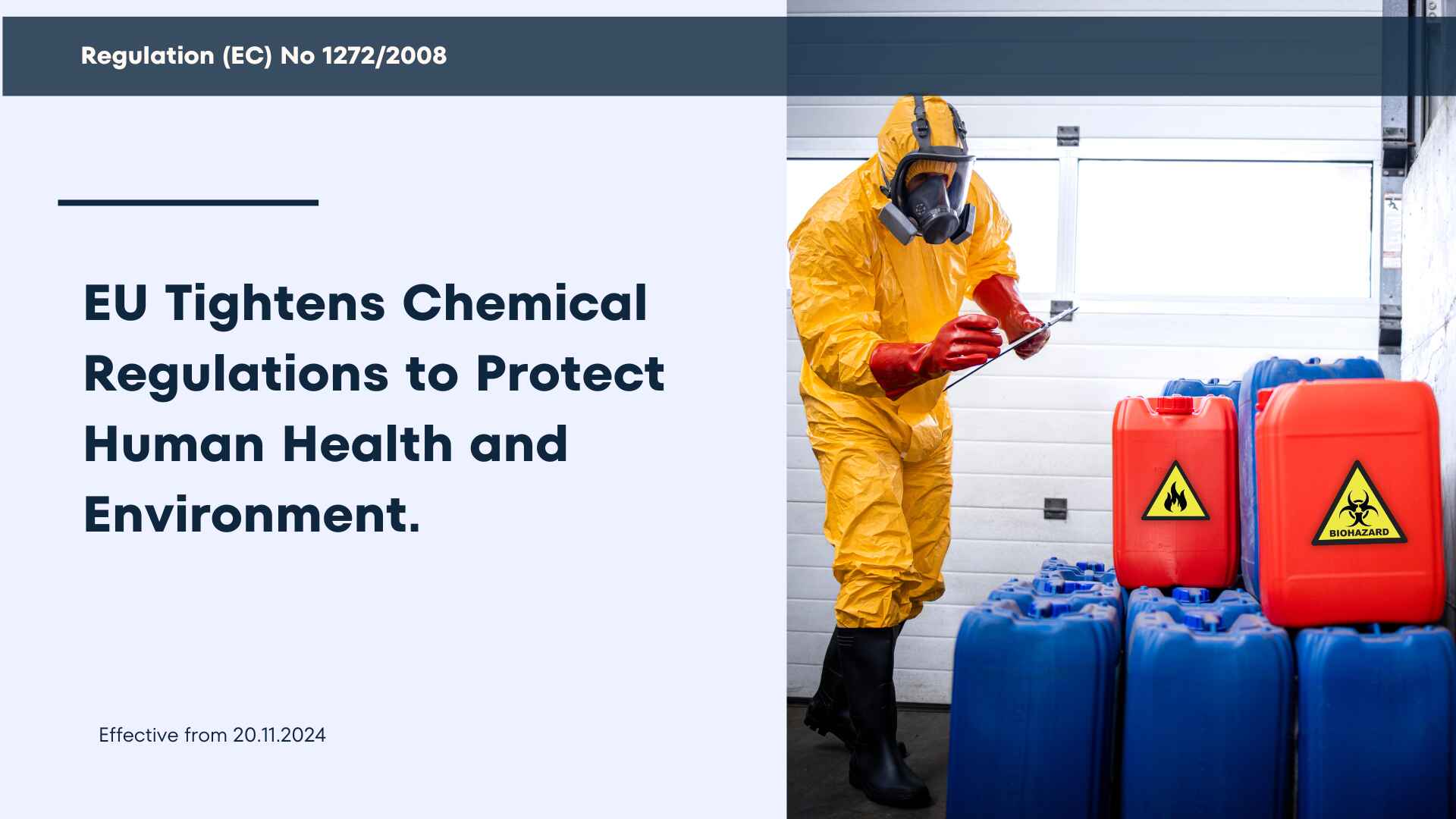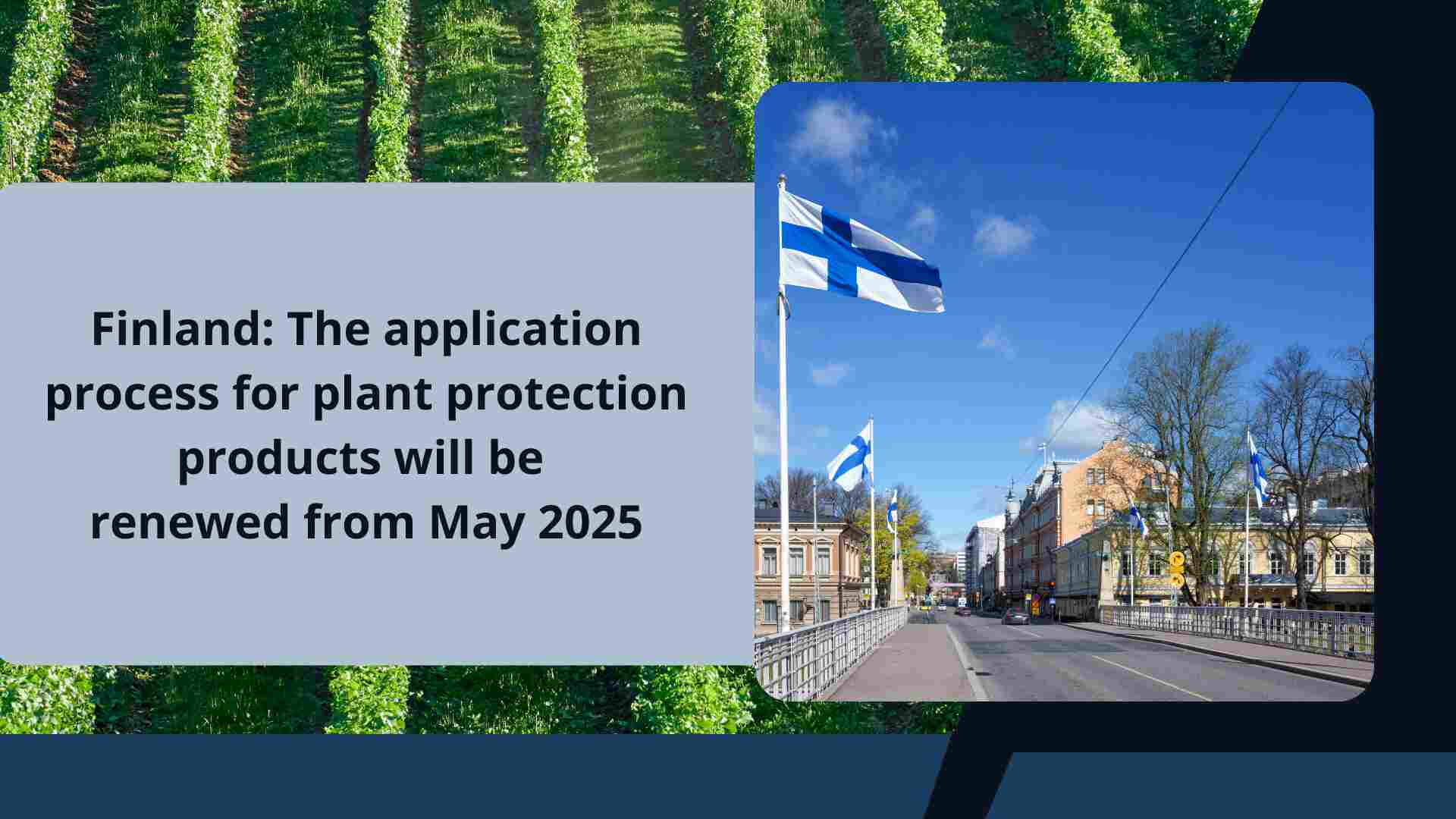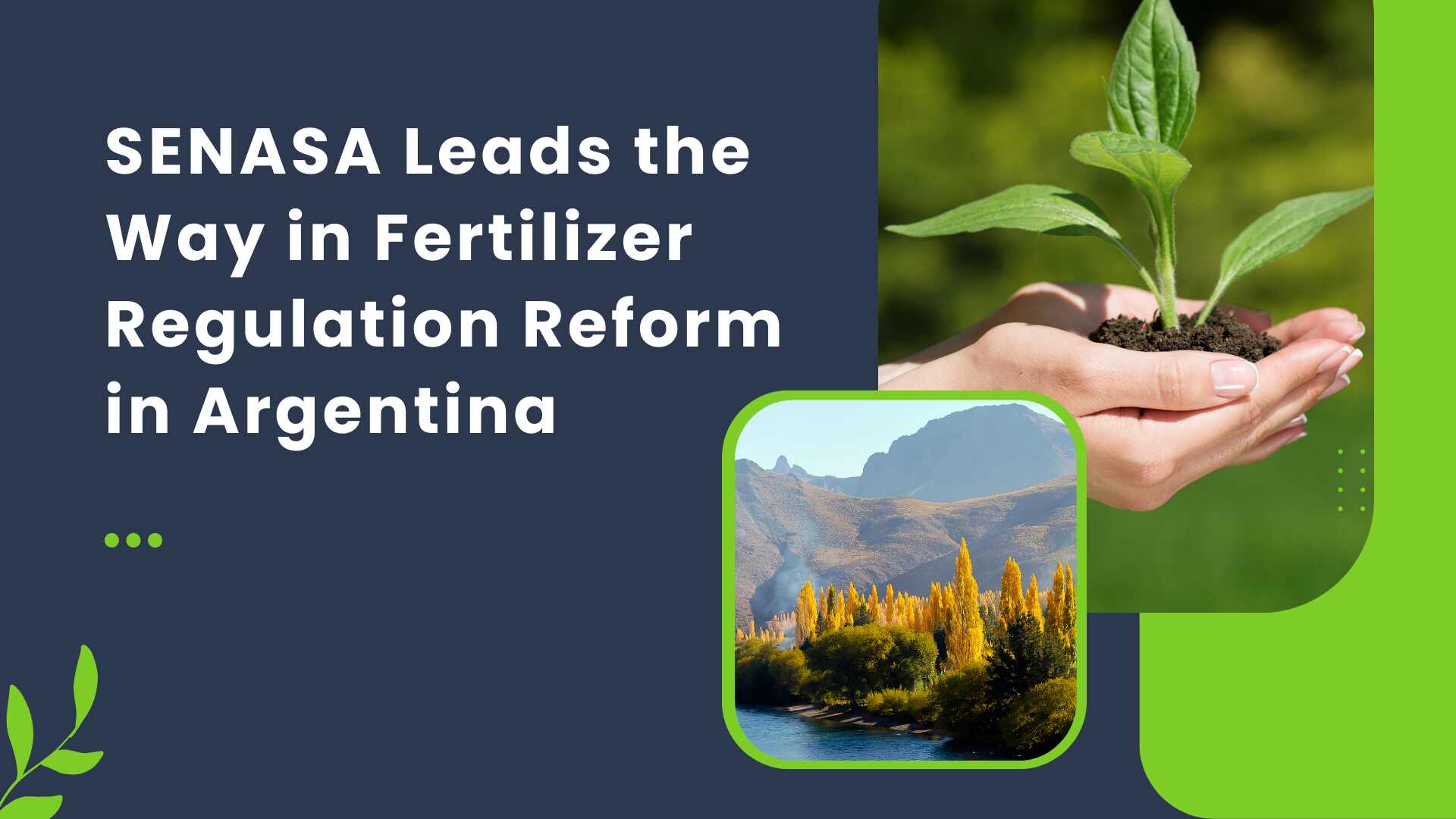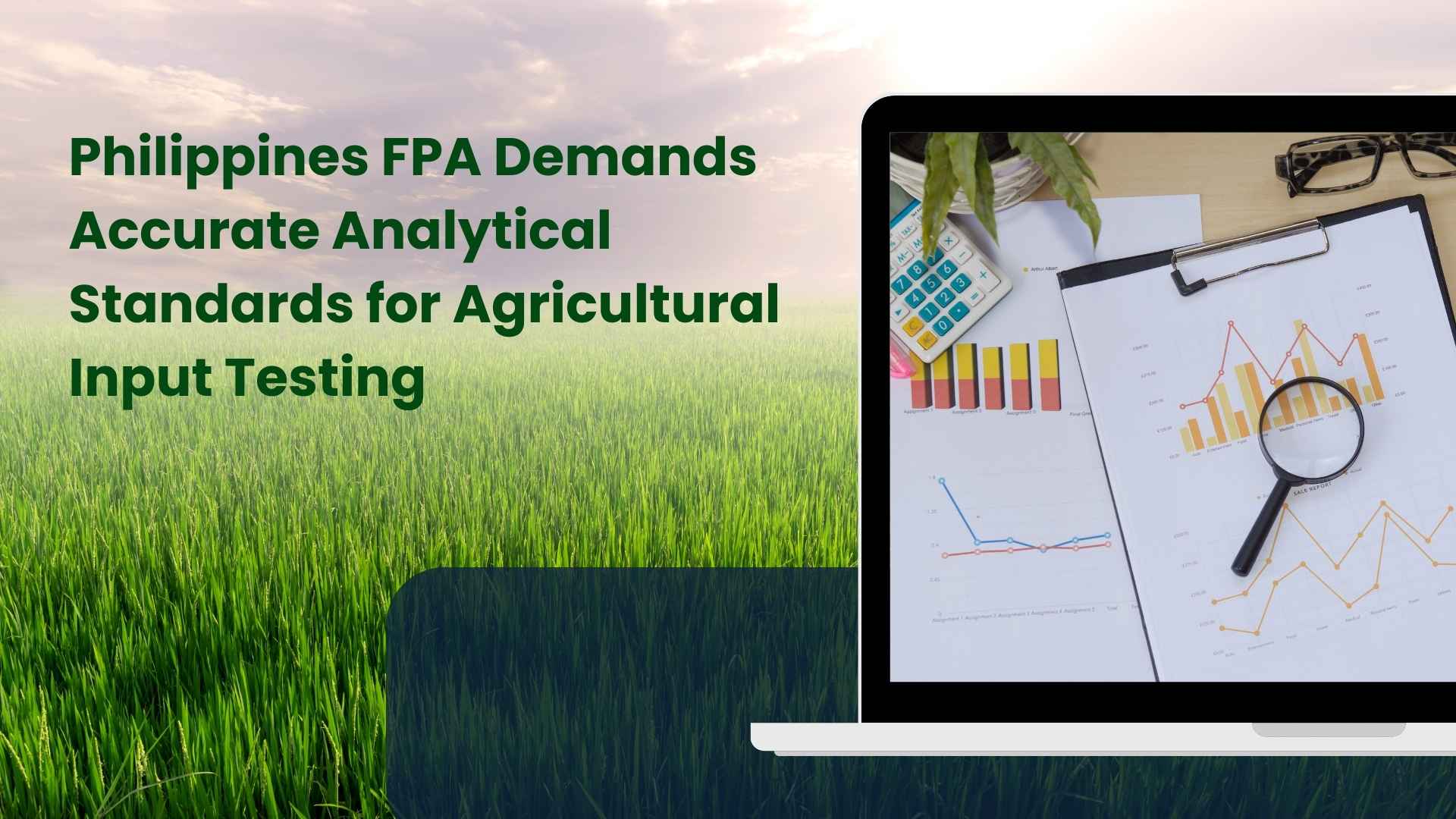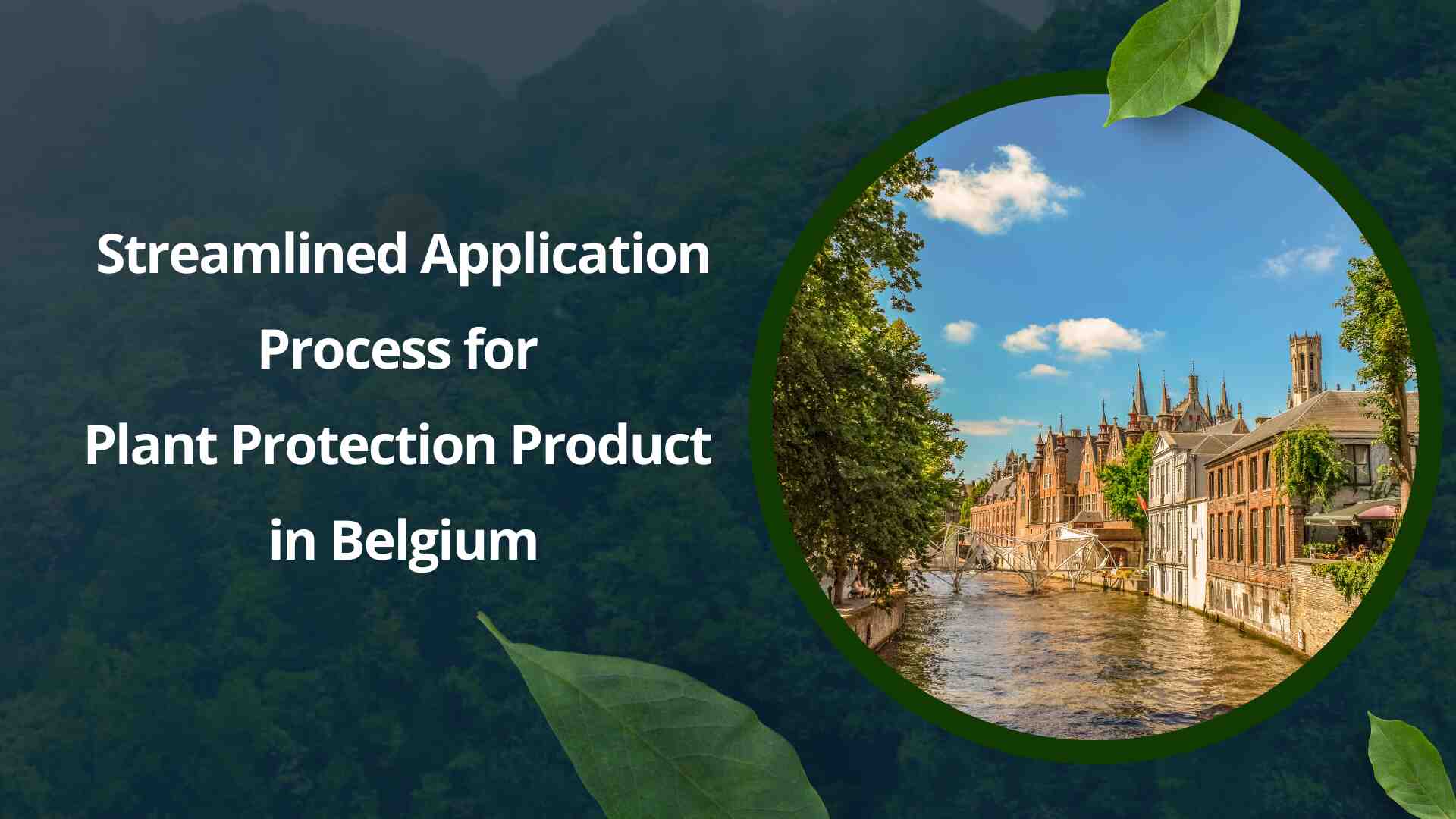The European Union (EU) has made major revisions to Regulation (EC) No. 1272/2008 in order to improve human health and environmental protection. The updated law tackles emerging issues such as online sales and technical improvements in the chemical sector.
What’s new in the amended regulation:
Complex Substances: Stricter classification rules for substances containing multiple constituents.
Bridging Principles and Weight of Evidence: Clarified guidelines to ensure robust hazard assessments.
Acute Toxicity Estimates: Inclusion of acute toxicity estimates in proposals, opinions, and decisions for harmonized classification of substances. Inclusion of these estimates in the classification process for mixtures.
Flexible Classification: Manufacturers and importers can classify substances based on their form or physical state, provided scientific evidence supports it.
Ammunition Labelling: Clear labelling requirements for ammunition, with exemptions for camouflaged products.
Digital Labelling: Introduction of digital labelling to improve hazard communication, especially for vulnerable groups.
“Streamlined Harmonization Process”
‘Harmonised categorisation’ for groupings of related compounds will reduce ‘unnecessary testing’. Mandatory notification of plan to submit ‘harmonised categorisation recommendations.’ Stricter criteria for finding and qualifying ‘endocrine disruptors.’
“Improved Data Management and Transparency”
Enhancing public access to information, improving emergency health response, and promoting transparent advertising are effective strategies for reducing misleading of information and enhancing transparency.
“Promoting Innovation and Sustainability”
Encouraging the development and implementation of non-animal testing methods.
Promoting collaboration among industry, government, and research institutes.
The EU’s commitment to a safer chemical environment is reflected in these modifications. The updated rule will help create a more sustainable future by tackling new issues and conforming to international standards.
Technical Aspects
Endocrine Disruptors: Substances identified as endocrine disruptors for humans or the environment will be subject to specific classification and labeling.
Persistent, Bioaccumulative, and Toxic (PBT) Substances: PBT substances will face stricter regulations to minimize their impact on ecosystems.
Transition Period:
Regulation (EC) No 1272/2008 has been updated by the European Parliament and the Council in order to address hazardous chemicals and endocrine disruptors. The harmonised classification and labelling system shall cover substances classified as endocrine disruptors for human health or the environment, persistent, bioaccumulative, and toxic (PBT), or very persistent, very bioaccumulative (vPvB) by June 2026.
Inclusion in the candidate list under Regulation (EC) No. 1907/2006 for endocrine-disrupting properties, PBT, or vPvB before June 2025.
Identification as endocrine disruptors under Regulation (EC) No. 1107/2009 or Regulation (EU) No. 528/2012 with approved applications by June 2025.
Substances and mixtures classified, labelled, and packaged according to existing regulations before December 2024, will have extended compliance deadlines, with dates extending to January 2029 for certain categories. (i.e. 5-year period)
These updates aim to enhance regulatory clarity and environmental safety in the EU market.

